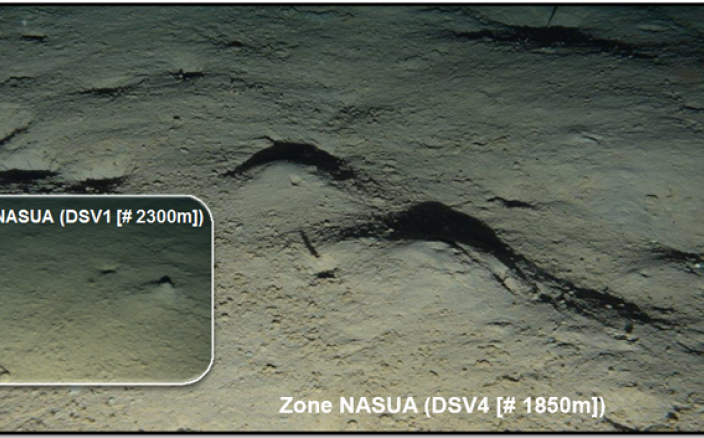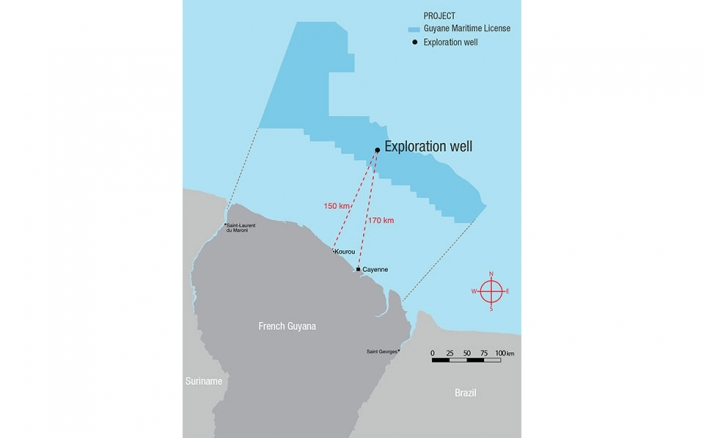12/13/2018
Total is about to start its exploration campaign offshore French Guiana. These operations have been criticized by some organizations, who worry about their potential impact on marine biodiversity. In response, Total has committed to carry out its campaign with transparency. In addition, two scientists who were involved in the impact assessment to help describe the ocean depths, share their views.
An interview with
Eric Dutrieux, CEO Delegate International at Créocéan, leader of the environmental assessment conducted for Total
Philippe Bouchet, Senior Professor at the French National Museum of Natural History in Paris, a scientific expert who worked on the environmental assessments conducted in 2017
Under what conditions was the impact assessment carried out?
Eric Dutrieux / In France, to do this sort of drilling, you need to meet regulatory requirements related to environmental management and protection. Impact assessments evaluate a project’s potential to cause environmental damage, and then recommend measures to eliminate, reduce or mitigate this risk. We conducted an assessment in 2017 to characterize the environment in which Total was planning to drill. Our conclusions were added to the file for public consultation.
Philippe Bouchet / The museum already had first-hand knowledge of the area following studies carried out in 2014 as part of the “Our Planet Reviewed” expedition program. Joining the new initiative in 2017 meant we could broaden our knowledge and take samples in the ocean depths.
What are the characteristics of the French Guiana coastline?
Eric Dutrieux / To put it in simple terms, French Guiana is located on a large shelf that gradually slopes downward roughly 100 meters over a distance of about 120 kilometers,. Then there’s an abrupt drop-off, to approximately 2,000 meters below sea level. That means there are two different ecosystems. Where the continental shelf breaks, at a water depth of about 100 meters, there’s a rocky area. This outcrop is technically a reef, but not a coral reef because there’s very little light in the area. Total plans to drill further out, about 30 kilometers from there, at a water depth of 2,000 meters. The seabed is soft silt and sand.
Philippe Bouchet / As a scientist, I can tell you two things about this so-called reef at the shelf break. It’s not a “discovery,” because we knew about it in 2014, and it’s not a coral reef either, as there are no reef-building corals. That doesn’t mean it’s of no interest. In fact, it is probably French Guiana’s most unique ecosystem. But to call it a coral reef is at the very least misleading — and could be deliberately so. That’s because “reef” immediately evokes endangered ecosystems.
Is it right to say that drilling poses a risk to the ecosystem located 30 kilometers away?
Eric Dutrieux / Under normal conditions, the drilling will not impact the reef. The drilling site and the reef are separated by 30 kilometers. With the exception of a blowout, there is no risk to the reef. Drilling opponents are basing their argument on an accident occurring. That’s one of Greenpeace’s objections, which is understandable. But the probability of an accident is extremely low and it’s highly unlikely that the ecosystem would be damaged if one did occur.
Philippe Bouchet / As a scientist, I characterize and classify species. I don’t have the expertise to say whether oil companies can conduct their business correctly or not; that’s their responsibility. As an ordinary citizen, I have no objection to the project given the distance of 30 kilometers between the edge of the continental shelf and the drilling site.






